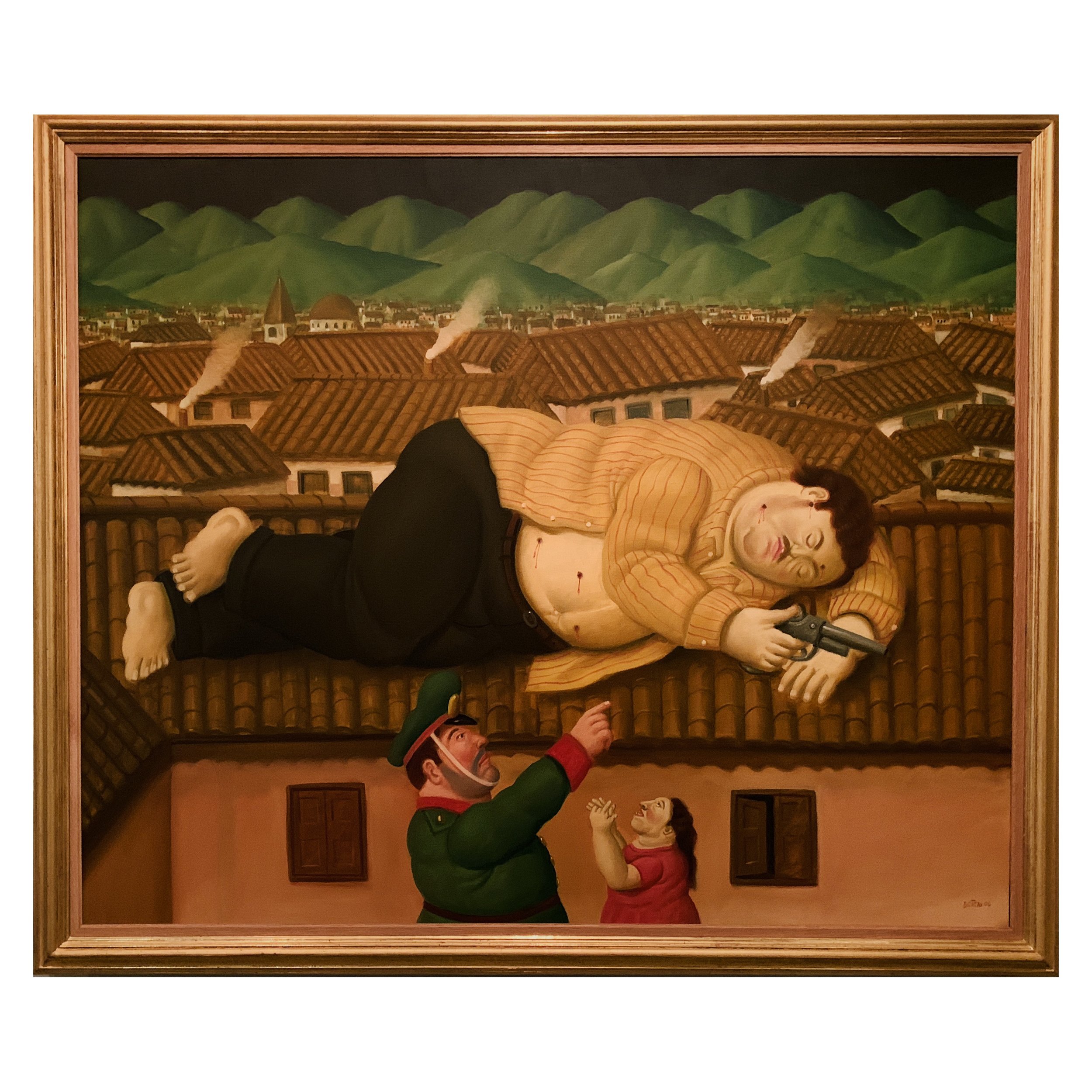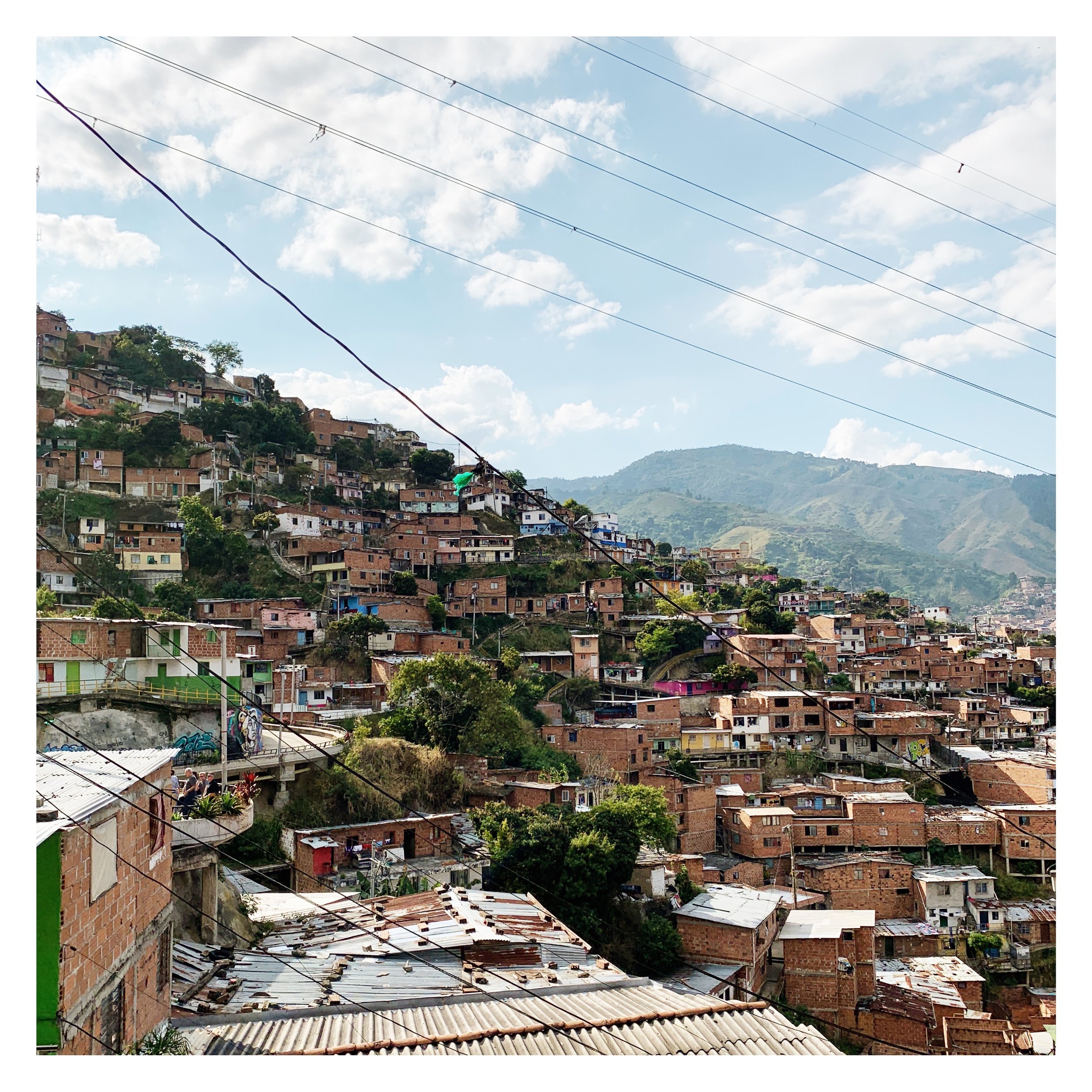Medellín: a Maddening City Misbranded Because of its Macabre History
After six weeks on Colombia’s Caribbean coast, it was time to delve into the madness of one of Colombia’s foremost concrete jungles: Medellín. The fiery heart of Colombia’s Antioquia province, Medellín is an apropos archetype of crazy Colombian life. From local El centro to “Gringolandia” in El Poblado to the dodgy streets of Antioquia, the city streets vibrate with energy to the beat of Salsa, Cumbia, Reggaetón, Latín rock, and a surprising amount of techno—especially in Parque Lleras where the party lasts all night long. Complementing the crazed nightlife, church bells constantly toll in the background, from the Metropolitan Cathedral to mom and pop’s small church; soccer games paint tv screens in bars and cafes as the frantic pace of the announcer’s color commentary is matched only by the energy of the fans (especially at a live game, where the die hard fans get absurdly shitfaced and jump up and down on the stadium’s second level railing and riot police standby in case of an outburst). While the sun shines over the Aburrá metropolitan valley, vendors can be heard advertising their wares on almost every corner: “Papaya!” “Aguacate!” “Buñuelos!” It’s a certifiable chorus of consumerism in which fruits, vegetables, sunglasses, clothes, almost everything under the sun is up for sale. Even the food scene can get hectic, between the buffet of international options to the famed bandeja paisa, a gargantuan plate of Paisa food featuring chicharrón, chorizo, blood sausage, molina (ground beef), beans, rice, avocado, and fried plaintain.
In the spaces between the madness there is an abundance of art and culture—thanks to a city wide renaissance in the aftermath of the narco-traficante era of the 80s and early 90s. Medellín is creeping its way into the international world as it has expanded its museums and galleries in recent years, featuring an astonishingly large collection of works by the most famous Colombian artist (and unwitting meme lord) Fernando Botero. His work occupies a whole floor in Museo Antioquia. Twenty-three of his sculptures decorate Plaza Botero just outside. In Plaza San Antonio stand two of his sculptures, one recommissioned and the other the shell of itself after a Pablo Eacobar sanctioned bombing in the 90s; a display of the intersection between art, cultural, and history of the city.
It’s nigh impossible to go without mentioning him, Medellín’s “He-who-must-not-be-named,” because he left his bloody imprint all over th city. But Medellín is in the process of transforming the city’s narrative. From a story of violence and narcotics trafficking, Medellín is establishing itself as one of Colombia’s most vibrant cities as well as a leader of a cultural and artistic revolution—for a more in depth experience of the transformation check out Casa de La Memoria to see how the dark past derailed life in the city for decades and how Paisas (the people of Medellín) are rebuilding and rebranding the future. No place is this more evident than Comuna 13. Not even two decades ago, Comuna 13 was one of the most violent neighborhoods in all of the city, controlled by narcos and, after the fall of Pablo Escobar, by guerillas like FARC who wanted this territory because of its strategic route in smuggling drugs and weapons. In 2002 violence in a Comuna 13 reached a peak with the infamous and bloody police Mariacal raid trying to eliminate the guerillas. Today, Comuna 13 is a certifiable tourist hotspot as it hosts a booming tourism trade thanks to the proliferation of vibrant street art, and is the only neighborhood in the world with escalators built into the streets (a testament to the volume of tourism there). In shedding the tragic, violent past that cloaked the city for decades—and still does thanks to dramatized American representations of Colombia like Narcos—Medellín is painting the scars, the still-visible bullet holes, and the heartwrenching memories with a new story written by the Paisa people rather than the drug traffickers, revolutionaries like FARC, or paramilitaries.
In Medellín you can find God and the Devil (P.E.G.E.) on every corner. It’s an electrifying, mad city that blurs the line between reality and dream. It’s a city that encapsulates how crazily beautiful Colombia can be. It’s a city reframing its macabre history into a colorful and cultural display of Colombian life. Travelers always pass on warnings about Medellín: “It’s dangerous! Watch out for thieves and pickpockets!” Not entirely inaccurate, but they seriously neglect to mention the real concern. If you’re not careful Medellín will steal your heart.




























